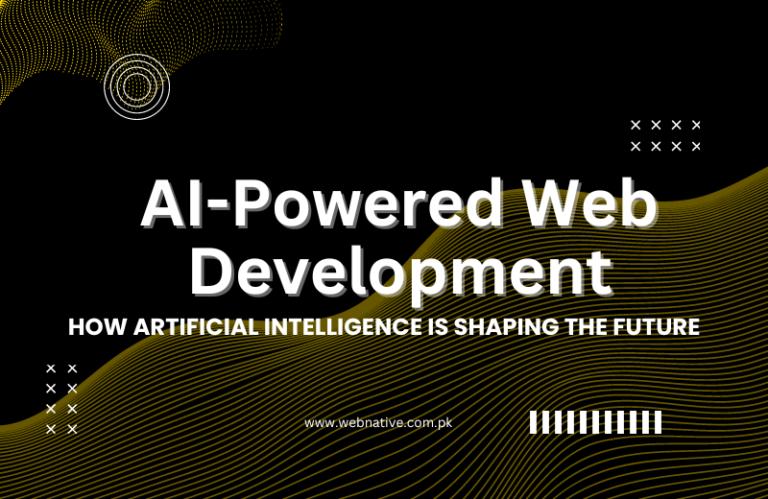
The rise of headless CMS is revolutionizing web development in 2024. This innovative approach is transforming how developers create and manage websites, offering unprecedented flexibility and performance.
What is Headless CMS?
A headless CMS decouples the front-end presentation layer from the back-end content management system. Unlike traditional CMS platforms like WordPress or Drupal, which tightly integrate both aspects, headless CMS allows developers to use APIs to deliver content anywhere, whether it’s a website, mobile app, or IoT device.
Benefits of Headless CMS
Flexibility: Developers can choose any front-end technology (React, Vue.js, Angular) to build user interfaces, ensuring the best possible user experience. This flexibility allows for more creative and efficient design and development processes.
Scalability: Headless CMS platforms are highly scalable, making them ideal for businesses with rapidly growing content needs. Whether you’re a small startup or a large enterprise, headless CMS can adapt to your requirements and grow with your business.
Performance: By separating content management from presentation, headless CMS can significantly improve site performance and loading times. Faster websites lead to better user experiences and higher conversion rates.
Omnichannel Delivery: Content can be easily distributed across multiple channels, providing a seamless experience for users on different devices. This is particularly important in today’s multi-device world, where users expect consistent experiences across web, mobile, and other platforms.
Popular Headless CMS Platforms
- Contentful: Known for its robust API and extensive documentation, Contentful is a favorite among developers for building headless CMS solutions. Its flexibility and powerful content modeling capabilities make it suitable for a wide range of applications.
- Strapi: An open-source headless CMS, Strapi offers flexibility and ease of use, making it a popular choice for startups and enterprises alike. Its customizable nature allows developers to tailor it to specific project needs.
- Sanity: This platform stands out for its real-time collaboration features and customizable content models. Sanity provides a flexible and scalable solution that can handle complex content workflows and integrations.
Why Adopt Headless CMS in 2024?
As businesses strive to provide personalized and dynamic content experiences, headless CMS offers the perfect solution. It enables faster development cycles, better performance, and the ability to adapt to new technologies quickly. For web developers, adopting headless CMS means staying ahead of the curve and delivering cutting-edge solutions to clients.
Moreover, the ability to integrate with various third-party services and platforms allows for a more robust and versatile web presence. Whether it’s integrating with e-commerce systems, customer relationship management (CRM) tools, or marketing automation platforms, headless CMS provides the flexibility needed to create comprehensive digital solutions.
Conclusion
The rise of headless CMS is revolutionizing web development in 2024. By embracing this technology, businesses can achieve greater flexibility, scalability, and performance. As a web developer, understanding and leveraging headless CMS will be crucial to delivering innovative and effective digital experiences.
Headless CMS is not just a trend; it’s a significant shift in how we approach web development. Its benefits make it an essential tool for businesses looking to stay competitive and deliver exceptional user experiences. If you’re looking to modernize your web development approach, now is the time to explore headless CMS and its potential to transform your digital strategy.

